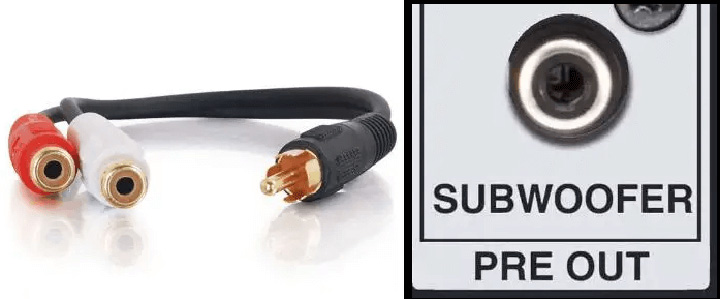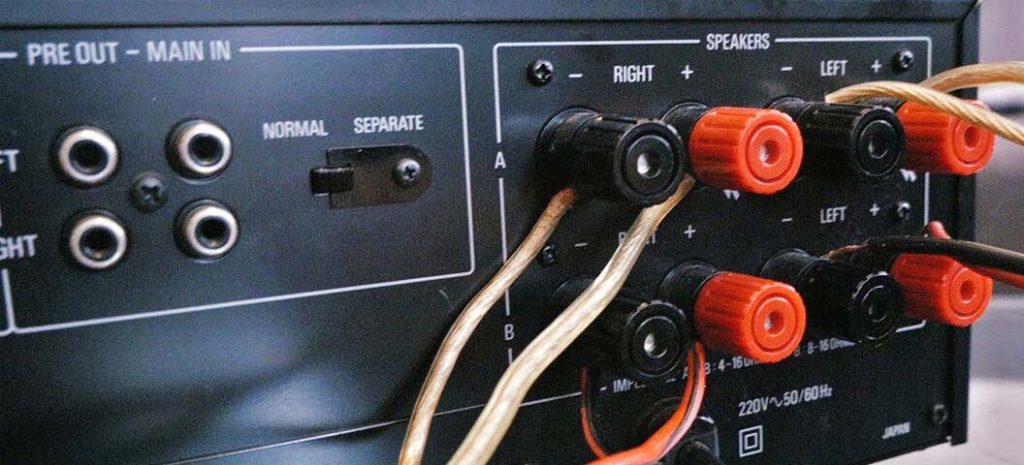Are you an audiophile looking to take your setup to the next level? Or perhaps you’re new to the world of AV receivers? Either way, understanding what is pre out on AV receiver is crucial for unlocking the full capabilities of your home theater system.
This often overlooked connection holds the key to seamless integration with external amplifiers, processors, and other advanced audio components. In this insightful guide, we’ll demystify the pre-out functionality, exploring its purpose, benefits, and real-world applications.
Prepare to dive deep into the intricate world of audio signal flow and gain staging. You’ll discover how pre-outs can elevate your audio experience. They deliver crystal-clear sound and enhanced power handling.
Plus, they offer a level of customization that meets the demands of even the most discerning audiophiles. Whether you’re a seasoned enthusiast or just starting your journey, this comprehensive article will help you make the most of your AV receiver’s pre-out potential.

What Is Pre Out on an AV Receiver?
Pre outs, short for preamplifier outputs, are specialized connections found on many AV receivers that provide line-level audio signals for external amplification. By tapping into the pre outs, users can connect external power amplifiers to their AV receivers.
This unlocks a world of enhanced audio performance and greater control. AV receivers typically have built-in amplifiers to power speakers directly. But these integrated amps may have limitations.
Utilizing pre outs and external amplifiers allows you to bypass the receiver’s internal amps. This helps leverage higher-quality, more powerful external amplification solutions. It results in improved dynamics, clarity, and headroom for your speakers.
Let us dive deeper to understand what are pre outs on a receiver and its various benefits.
Configuration and Uses
Pre outs on AV receivers are typically configured as RCA or XLR connections. They provide unbalanced or balanced line-level signals respectively. The number of pre out channels varies from two channels for stereo to 5-7 channels for surround sound setups.
Common configurations include two-channel pre outs for stereo systems with an external stereo amplifier. For surround sound setups with multi-channel amplification, there are 5.1 or 7.1 pre outs available. Additionally, there are dedicated subwoofer pre outs.
By utilizing these pre outs, users can create tailored, high-performance audio setups. For example, they can use a powerful two-channel amp for enhanced stereo sound quality. Alternatively, they can employ multiple amp channels for an immersive, dynamic surround sound experience.
Connection and Setup
Connecting external amplifiers to pre-outs involves locating the pre-out connections on the back of your receiver or preamp. These are typically labeled “Pre Out” or “Line Out”.
Step-by-step instructions
- Connect one end of an RCA cable to the pre-out on your receiver or preamp.
- Connect the other end of the RCA cable to the input on your external amplifier.
- Repeat this process for each channel you want to connect, such as front left, front right, surround left, and surround right.
Finally, connect your speakers to the respective outputs on the external amplifiers.

Benefits of Pre Outs
Using pre-outs offers numerous benefits, including the ability to customize and tailor your audio setup according to your specific needs and preferences. Pre outs allow you to bypass the built-in amplification of your receiver or preamp.
You can then choose external amplifiers that better suit your system requirements. This flexibility enables you to mix and match components from different manufacturers, creating a truly unique and high-performance audio system.
Additionally, pre-outs facilitate future upgrades and expansions. You can easily replace individual components without overhauling your entire setup. Moreover, separating the amplification stage from the preamp or receiver can lead to improved sound quality. This is because it minimizes interference and noise, resulting in a cleaner signal path.
Conclusion
We hope this article has helped you better understand the concept of pre out on AV receiver. After revealing what is pre out on AV receiver you can then connect external amplifiers, enabling greater customization and flexibility in your audio setup.
By separating the amplification stage, you can mix and match components. You can also upgrade individual elements easily and achieve improved sound quality with a cleaner signal path.
With this knowledge, you can confidently explore the world of pre-outs and unlock the full potential of your audio system.

